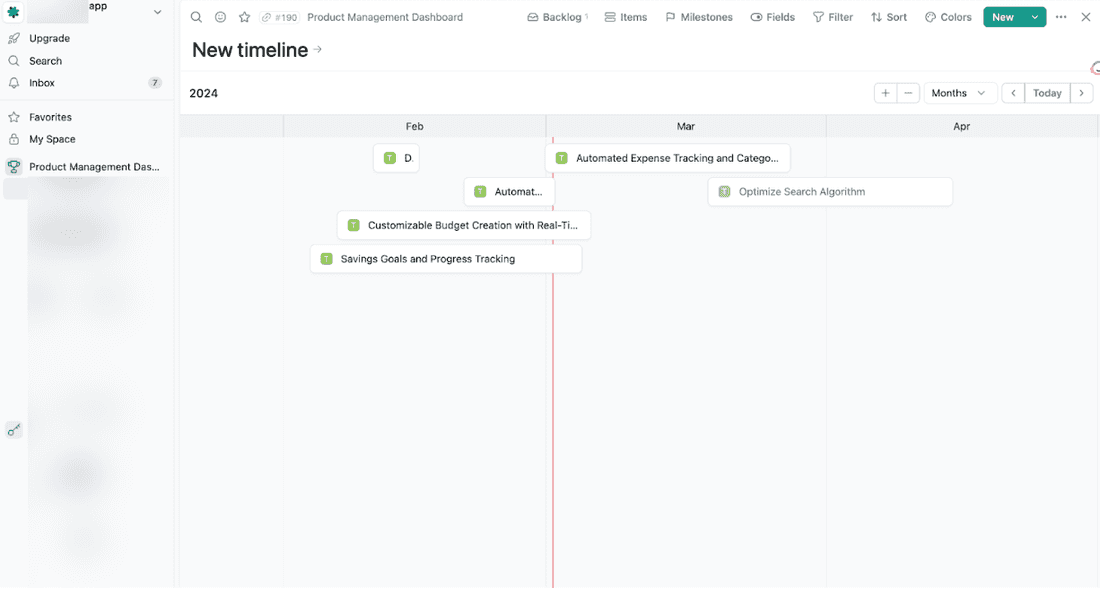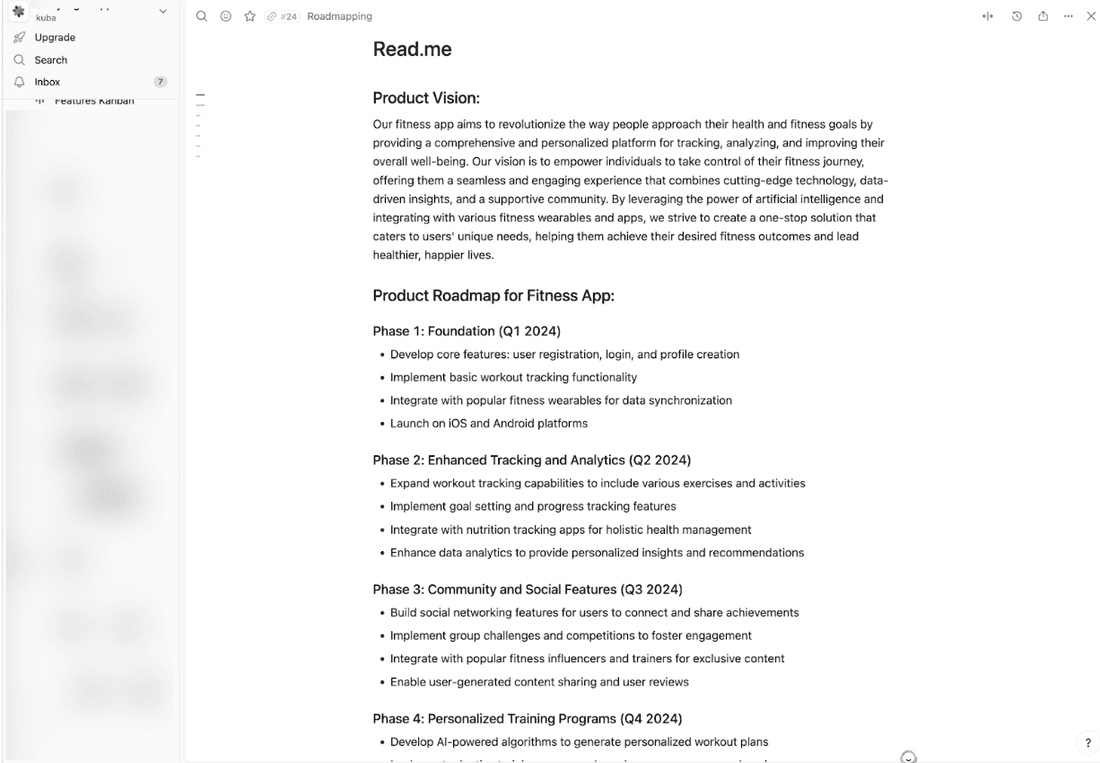What Is (and What Is Not) a Timeline Roadmap?
If you’re venturing into project management, you’ve likely come across the term “timeline roadmap.” But what does it mean? In this article, we’ll explain why this term is problematic – and offer a clearer way to manage your projects. Here’s what we’ll cover:
- The “timeline roadmap” myth – does it exist?
- Understanding essential tools: timelines, roadmaps, and Gantt charts
- A project manager’s perspective on these tools
What is a timeline roadmap?
Let’s cut to the chase: there’s no such thing as a “timeline roadmap.” Roadmaps and timelines are distinct tools in project management, and combining them does more harm than good.
You might have seen articles that define timeline roadmaps as the combination of the order and the length of the tasks your team should complete within a project.
Usually, they present timeline roadmaps like this:

These are timelines. The word “roadmap” is unnecessary here.
Let’s clarify what’s the difference:
Timelines, roadmaps, and Gantt charts
Each of these tools fits into project management differently:
Timeline:
A linear visual representation of events arranged chronologically. In product management, you use timelines for:
- Tracking Progress: Timelines provide a clear and organized view of the progress made on various tasks and milestones throughout a project. They allow product managers and teams to monitor the status of deliverables, identify potential delays, and take necessary action to stay on schedule.
- Visualizing Dependencies: Timelines help visualize the interdependencies between different tasks and activities within a project. By understanding the relationships between tasks, teams can prioritize their work and ensure that dependencies are managed effectively to avoid bottlenecks and delays.
- Managing Deadlines: Timelines serve as a powerful tool for controlling deadlines and ensuring that all tasks are completed within the specified time frame. They provide a visual representation of upcoming deadlines, enabling teams to plan their work accordingly and allocate resources efficiently.
Think of it as a project calendar on steroids. It’s usually limited to a specific timeframe and serves well to track a narrow scope of projects.
Roadmap:
A strategic, high-level overview of a project’s goals, major deliverables, and the rough timeframe for achieving them. It’s your project’s “north star”.
In product management, roadmaps help communicate strategic direction, not specific deadlines for each project involved in building your product.

Several key elements characterize effective roadmaps:
- Clarity: Roadmaps should be easy to understand and interpret, even for stakeholders who may not be familiar with the technical details of the project.
- Alignment: Roadmaps should align with the overall business strategy and the product’s long-term goals.
- Flexibility: Roadmaps should be adaptable to changing circumstances and evolving requirements.
- Transparency: Roadmaps should be transparent and accessible to all relevant stakeholders.
- Communication: Roadmaps should be used as a communication tool to keep stakeholders informed about the progress of the project.
Because they’re a strategic tool, they’re also great at securing buy-in from stakeholders. You should use roadmaps while communicating your product vision and pitching your product to potential investors.
Gantt Chart:
A bar chart displaying a project’s schedule, tasks, dependencies, and progress. It displays the tasks you need to complete, the dependencies between tasks, and the progress made on each task.
It’s more granular than a timeline and perfect for detailed tracking.
Product Managers should utilize roadmaps to monitor the advancement of individual tasks effectively. By doing so, they gain valuable insights that enable them to:
- Identify potential bottlenecks: See where the inefficiencies in your projects hide. The foresight Gantt charts give the power to address these challenges proactively, ensuring a smooth and uninterrupted workflow.
- Allocate resources efficiently: Roadmaps assist in optimizing resource allocation by highlighting the tasks that require immediate attention and the resources needed to complete them. Product Managers can use this information to prioritize tasks, assign appropriate team members, and ensure effective utilization of available resources.
- Schedule tasks strategically: Visualize the interdependencies between different tasks, Product Managers and create a well-sequenced plan that optimizes the use of time and resources. This strategic scheduling minimizes delays, maximizes productivity, and allows for timely delivery of project deliverables.
The key elements of Gantt Charts are:
- Tasks: Represent the work that needs to be done.
- Duration: The estimated time required to complete a task.
- Dependencies: Indicate the relationships between tasks, such as which tasks must be completed before others can begin.
- Progress: Shows the percentage of completion for each task.
- Timeline: Provides an overview of the project schedule, with tasks plotted along a timeline.
The PM’s hot take
Conclusion
Trying to combine roadmaps and timelines leads to muddled communication and unrealistic expectations. For successful project management, know the difference between these essential tools and use them strategically.
And hey, if you’re aiming to build a roadmap, a timeline, or a Gantt chart – why not try Fibery for this?
Psst... Wanna try Fibery? 👀
Infinitely flexible product discovery & development platform.